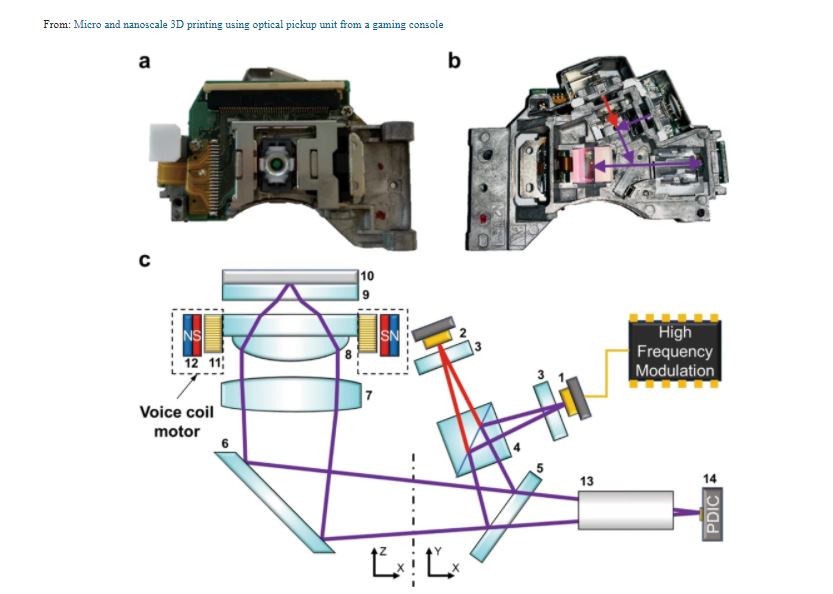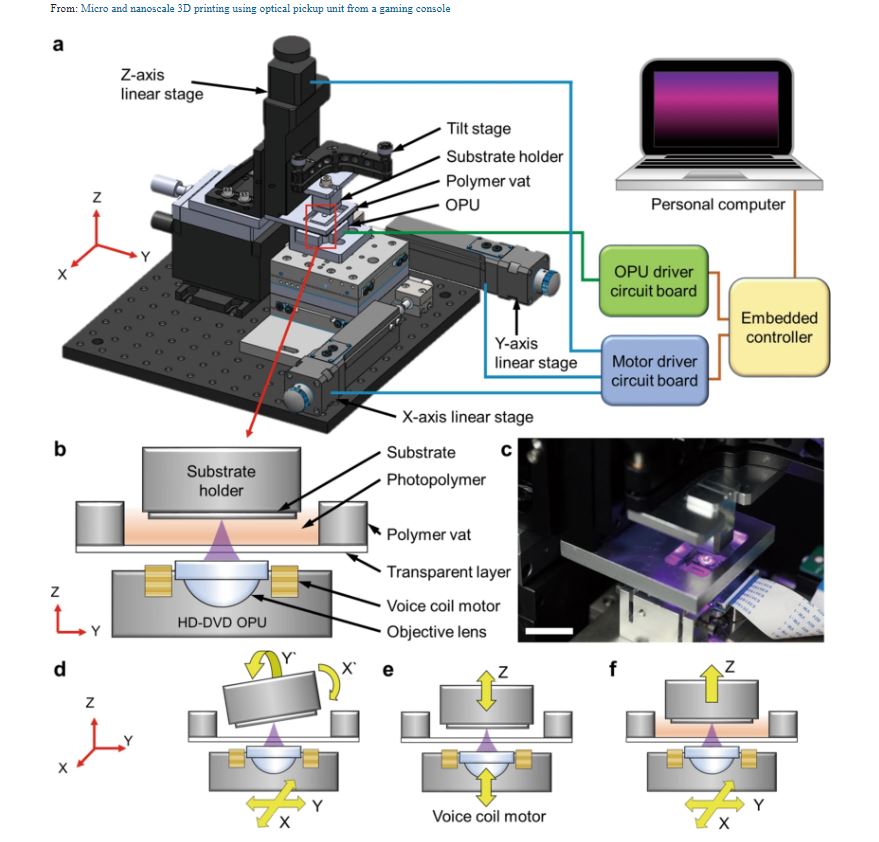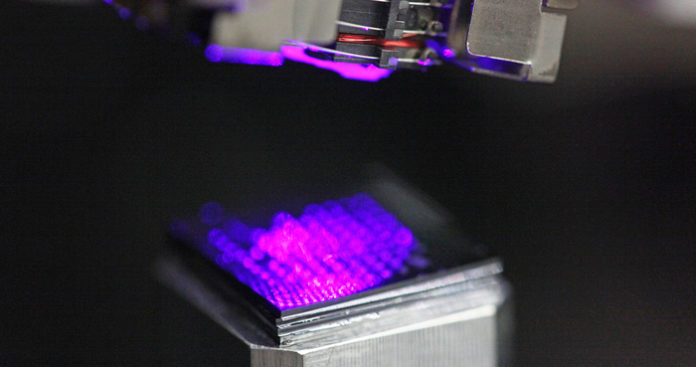Their ultimate goal is to provide researchers with more access to micro/nanoscale 3D printing and to enable patients experience better diagnostics and treatment
It is funny to see what tools can be used to create or enhance 3D printing technologies. We just learned that DTU researchers have used the Xbox 360, the second video game console released by Microsoft, to develop a micro/nanoscale medical 3D printer.
By using a component of this mass-produced console, researchers from this Danish university wanted to give scientists and enthusiasts more access to micro/nanoscale 3D printing. In this case, the component used in the Xbox 360 was used to replace conventional expensive optics in research equipment.
“With our 3D printer that can print micro and nanoscale 3D objects, we are able to go from tens of micrometers in printing resolution down to hundreds of nanometers without expensive specialized components. And we also end up with a simpler and more compact nanoscale 3D printer compared to other stereolithography systems,” PhD Student Tien-Jen Chang says.
As you may read, the new 3D printer is based on SLA and its capabilities aim to enhance various applications in the healthcare industry.
The HD-DVD OPU has been extracted from an Xbox 360 for the design of the new 3D printer based on an inverted SLA system. The OPU transmits a 405 nanometer laser focused inside the photopolymer vat, whereas an embedded controller is linked to a customized OPU driver and motor driver to regulate the laser intensity and wavelength. Researchers explain that the motor driver controls the XY-axis and Z-axis linear stages with resolutions of 312.5 nm and 62.5 nm respectively while the controller provides information to a computer in order to launch the printing process.

The main difference with conventional SLA 3D printers is that they require external sensors for printing, substrate leveling, and achieving high-precision printing. On the other hand, this newly developed technology directly uses the embedded sensors to determine the distance between the focal spot and substrate surface at nanoscale resolution. According to the researchers, this means that the sensors would easily accommodate with the substrate surface, OPU focal plane, and tilt stage, while a voice coil motor adjusts the objective lens to measure photopolymer thickness.

“The original goal for developing our own 3D printer was to be able to print cubic centimeter volume with micro/nanoscale resolution for our micro-container based drug delivery development. And we couldn’t find a 3D printer system on the market that could do this. So we had to make our own. In addition to printing our microscale containers with a diameter of a human hair (100~300 micrometer) for more efficient oral drug delivery developments, this system can also be used to print painless microscale needles to be used on skin patches to speed up transdermal drug delivery developments. Another possibility is to use it for printing 3D structures for cell culture environment for more accurate ex-vivo drug testing studies. And a final example is to print biocompatible micro-devices with nanostructured surfaces that kill bacteria”, Associate Professor En Te Hwu explains.
We are still very far from the commercialization but the team that worked on the project now plans to found their spin-out company with this new 3D printer as their flagship product.
These results are described in detail in the new scientific paper in Communications Physics.
Remember, you can post job opportunities in the AM Industry on 3D ADEPT Media free of charge or look for a job via our job board. Make sure to follow us on our social networks and subscribe to our weekly newsletter : Facebook, Twitter, LinkedIn & Instagram ! If you want to be featured in the next issue of our digital magazine or if you hear a story that needs to be heard, make sure to send it to contact@3dadept.com


